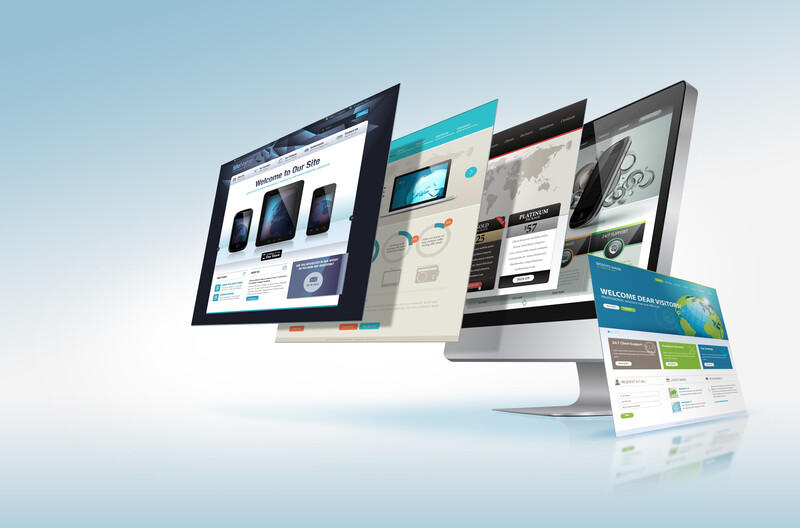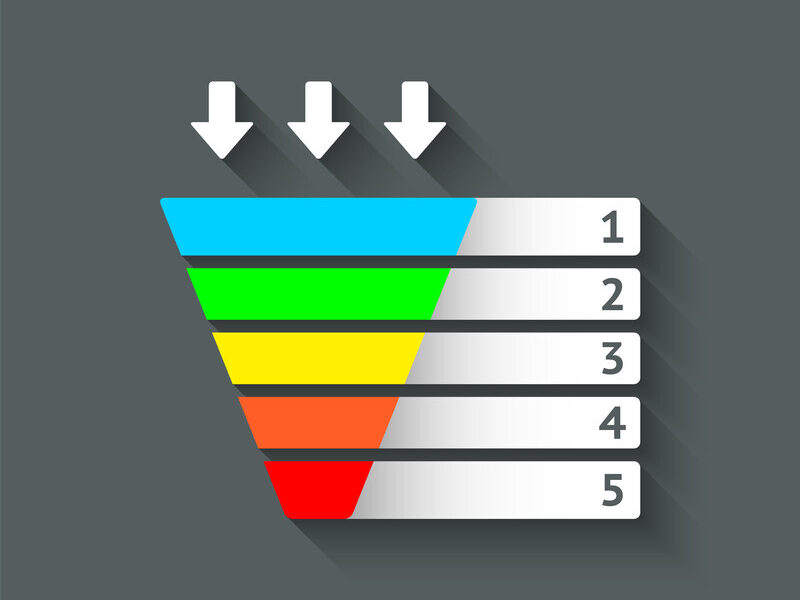In today’s digital marketing landscape, having a strong online presence is essential for any business, large or small. One of the most effective ways to generate leads and grow your customer base is by creating a lead magnet funnel.
In this comprehensive guide, we’ll teach you how to build a landing page that attracts your target audience, converts them into leads, and ultimately drives sales. We’ll cover everything you need to know about creating a lead magnet funnel inside of ClickFunnels. So, without further ado, let’s dive in!
What is a Lead Magnet Funnel?
Before we discuss how to build a landing page, it’s important to understand the concept of a lead magnet funnel. In simple terms, a lead magnet funnel is an an opt-in page targeting potential customers by offering them something valuable in exchange for their contact information, typically an email address. This “magnet” can be a free e-book, exclusive content, a discount code, or any other piece of content that your audience will find valuable.
The purpose of a lead magnet funnel is to:
- Attract potential customers who are already interested in your industry or niche.
- Convert these prospects into leads by capturing their contact information.
- Nurture these leads through a follow-up email sequence, gradually building trust and rapport.
- Ultimately, convert these leads into paying customers.
Now that we know what a lead magnet funnel is, let’s discuss how to build a landing page that effectively captures leads and drives conversions.
Step 1: Selecting the Right Platform: ClickFunnels
Before you begin creating a lead magnet funnel, you’ll need to choose a platform that allows you to build landing pages, capture leads, and manage your email marketing campaigns. ClickFunnels is an excellent choice for this purpose, as it offers a powerful, user-friendly platform that’s specifically designed for building sales funnels.
Some of the key features of ClickFunnels include:
- Drag-and-drop landing page builder
- A wide range of pre-built templates
- Integration with popular email marketing services
- A/B testing capabilities
- Detailed analytics and reporting
By using ClickFunnels to build your lead magnet funnel, you’ll have access to all the tools you need to design, launch, and optimize your landing page and email marketing campaigns.
Step 2: Designing Your Lead Magnet
Before you can start building your landing page, you’ll need to create a compelling lead magnet that will getyour audience to exchange their email address for the valuable content you’re offering. To do this, consider the following tips:
- Identify your target audience: Before creating a lead magnet, it’s crucial to understand who your target audience is and what problems they’re facing. This will help you create a lead magnet that’s relevant, valuable, and appealing to your audience.
- Solve a specific problem: Your lead magnet should address a specific problem or pain point that your target audience is experiencing. By providing a solution to this problem, you’ll demonstrate your expertise and position yourself as a trusted authority in your industry.
- Make it actionable: A great lead magnet should provide actionable information that your audience can implement immediately. This helps to build trust and credibility while also giving your audience a taste of the value you can provide.
- Keep it concise: Your lead magnet should be short and to the point. Avoid overwhelming your audience with too much information. Instead, focus on providing a quick and easy solution to their problem.
- Ensure high quality: The quality of your lead magnet is a reflection of your brand and the value you provide. Make sure your lead magnet is well-designed, well-written, and professionally presented.
Step 3: Building Your Landing Page
Once you’ve created your lead magnet, it’s time to build a landing page that will showcase your offer, capture leads, and drive conversions. Here’s how to build a landing page using ClickFunnels:
- Choose a template: ClickFunnels offers a wide range of pre-built landing page templates that you can customize to suit your brand and lead magnet. Choose a template that’s visually appealing and designed to convert.
- Customize your design: Using ClickFunnels’ drag-and-drop editor, customize your landing page to match your brand’s visual identity, and showcase your lead magnet. Include engaging headlines, compelling copy, and eye-catching images to grab your audience’s attention.
- Add a lead capture form: To capture leads, you’ll need to include a form on your landing page where visitors can enter their email address in exchange for your lead magnet. Make sure your form is easy to find and simple to complete.
- Create a thank-you page: After visitors submit their email address, they should be redirected to a thank-you page that confirms their submission and provides them with access to your lead magnet. This page can also include additional calls-to-action, such as social sharing buttons or links to related content.
- Integrate with your email marketing service: Finally, connect your landing page to your email marketing service so you can automatically add new leads to your email list and start nurturing them through your follow-up email sequence.
Step 4: Testing and Optimizing Your Landing Page
Once you’ve built your landing page, it’s important to test and optimize it to ensure it’s effectively capturing leads and driving conversions. To do this, consider the following tips:
- A/B testing: Use ClickFunnels’ A/B testing feature to test different variations of your landing page, such as different headlines, images, or copy. This will help you identify the most effective elements of your landing page and optimize it for maximum conversions.
- Analyze your data: ClickFunnels provides detailed analytics and reporting on your landing page’s performance. Review this data regularly to identify areas for improvement and make data-driven adjustments to your landing page.
- Monitor your conversion rate: Keep a close eye on your landing page’s conversion rate, which measures the percentage of visitors who submit their email address and become leads. If your conversion rate is lower than expected, consider making changes to your landing page design or lead magnet to improve its effectiveness.
Step 5: Launching Your Lead Magnet Funnel and Driving Traffic
After you’ve built, tested, and optimized your landing page, it’s time to launch your lead magnet funnel and start driving traffic to your landing page. Some effective ways to promote your lead magnet funnel include:
- Search engine optimization (SEO): Optimize your landing page for relevant keywords to improve its visibility in search engine results and attract organic traffic.
- Social media marketing: Share your lead magnet on your social media channels and encourage your followers to share it with their networks.
- Content marketing: Create valuable, relevant content that naturally promotes your lead magnet, such as blog posts, videos, or podcasts.
- Email marketing: Promote your lead magnet to your existing email list, or partner with other businesses to reach new audiences through co-marketing campaigns.
- Paid advertising: Use paid advertising platforms, such as Google Ads or Facebook Ads, to target your ideal audience and drive traffic to your landing page.
The Difference Between a Landing Page and a Sales Funnel
It’s just as important to know the difference between a landing page and a sales funnel. Although a landing page is typically part of a funnel, it’s only one step within a wider selling process. I’ve written an article covering the differences here.
Wrapping Up: The Power of Lead Magnet Funnels
Creating a lead magnet funnel is an incredibly effective way to attract potential customers, capture leads, and drive sales. By following the steps outlined in this guide, you’ll be well on your way to building a high-converting landing page and launching a successful lead magnet funnel that grows your prospecting list. Remember, the key to success lies in understanding your audience’s needs, providing valuable content, and continuously testing and optimizing your landing page for maximum results. Good luck!





